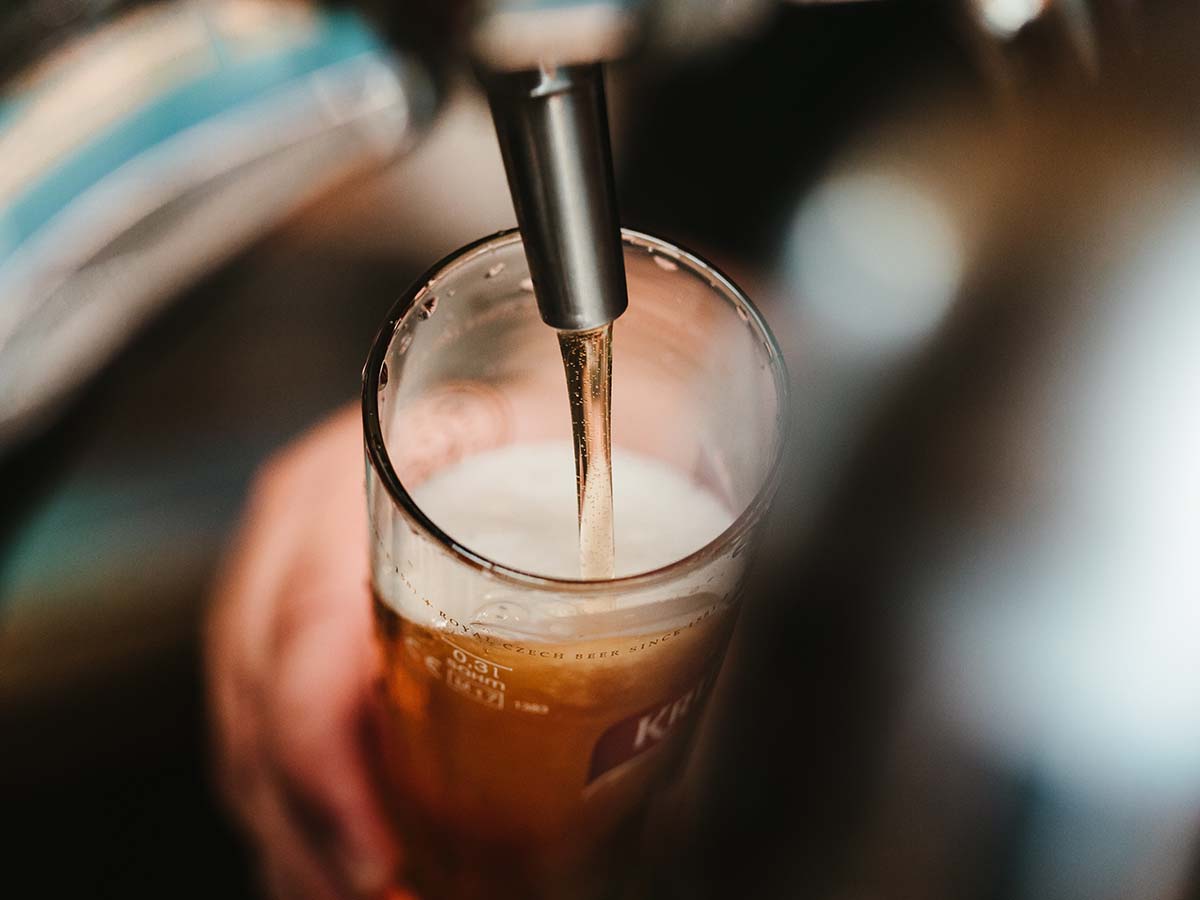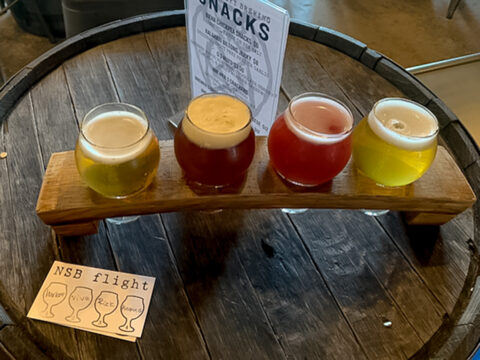
Alcohol is more than just the component that provides the “buzz” in beer. It’s a complex contributor to the overall sensory experience, influencing aroma, flavour, mouthfeel, and even how beer looks. There are a number of beer styles that benefit from a high ABV, but given alcohol at high concentrations can kill your yeast, effectively ending fermentation, how can you successfully brew a high ABV beer?
There are a few things to consider, but first, it’s useful to have a look at how alcohol concentration affects your yeast on a cellular level.
How alcohol concentration affects your yeast?
When yeast is exposed to high levels of alcohol, various cellular processes and structures are affected. Here are some of the key impacts:
- Cell Membrane:
Permeability: The high alcohol concentration can increase the permeability of the yeast cell membrane, leading to the leakage of essential ions and other molecules.
Fluidity: It can also affect the fluidity and integrity of the membrane, disrupting cellular processes.
- Metabolic Activity:
Enzyme Inhibition: High alcohol levels can inhibit the activity of enzymes involved in fermentation and other metabolic processes, reducing the yeast’s efficiency.
Energy Production: It may affect the yeast’s energy production pathways, leading to reduced cellular energy (ATP).
- Protein Structure and Function:
Denaturation: Proteins can be denatured or lose their functional structure due to the high alcohol environment.
Activity Reduction: A decrease in protein activity that is essential for cell maintenance, reproduction, and metabolism.
- Genetic Material:
DNA Damage: High alcohol concentrations can cause damage to the yeast’s DNA.
Transcription & Translation: They may also impact the processes of transcription and translation, affecting protein synthesis.
- Stress Response:
Osmotic Stress: Yeast cells can experience osmotic stress due to changes in the cellular environment.
Heat Shock Proteins: The cells might produce heat shock proteins and other stress response molecules to protect themselves.
- Nutrient Uptake:
Transport Proteins: High alcohol affects the function of transport proteins, impacting the uptake of nutrients and expulsion of waste products.
Nutrient Deficiency: Yeast cells may suffer from nutrient deficiency, affecting their growth and reproduction.
- Cell Death:
Apoptosis: In extreme conditions, yeast cells may undergo programmed cell death or apoptosis due to the toxic environment.
Autolysis: The cells can also undergo autolysis, where they self-digest, releasing enzymes and other cellular components, potentially impacting beer flavour and quality.
Ok, so with an increased understanding of what happens to yeast on a cellular level, how should we approach the selection and management of yeast for a high-gravity beer?
Here are some important considerations…
- Choosing a Yeast Strain:
Alcohol Tolerance: Not all yeast strains can withstand high-alcohol environments. Some strains might stall or die if the alcohol concentration becomes too high. Therefore, you should select a strain known for its high alcohol tolerance, often upwards of 10-15 per cent ABV or even higher for certain strains.
Attenuation: Look for a yeast with high attenuation, meaning it can effectively convert most sugars to alcohol. This is particularly important if you’re aiming for a drier high-ABV beer.
- Ensuring Yeast Health:
Pitch Rate: In high-gravity worts, the sugar concentration is high, which can stress yeast. Compensate by pitching more yeast than you would for a standard gravity beer. This ensures a vigorous start to fermentation and reduces the risk of stuck fermentation. It’s also advisable to make a yeast starter. This not only increases the number of yeast cells but also ensures they are active and healthy before being pitched into the high-gravity wort.
Oxygenation: Oxygenate your wort well before pitching the yeast. Yeast requires oxygen for healthy cell membrane synthesis, especially crucial in high-gravity fermentations.
Nutrient Addition: High-alcohol environments can be nutrient-depleted. Adding yeast nutrients to your wort can provide the necessary minerals and vitamins that help yeast thrive and complete fermentation.
- Managing Fermentation:
Temperature Control: Fermentation temperature should be carefully controlled. High-gravity fermentations produce more heat, and higher temperatures can cause yeast to produce unwanted off-flavours or even stall. Start at the lower end of the yeast’s recommended range and monitor closely.
Staged Sugar Additions: Instead of adding all sugars at once, consider adding them in stages. This approach eases the osmotic pressure on the yeast and can prevent it from becoming overwhelmed by too many sugars at the onset.
Brewing a high-ABV beer is a delicate dance, especially when managing yeast. By selecting an appropriate strain, ensuring optimal health, and carefully monitoring the fermentation, it’s possible to achieve a strong beer that’s smooth, flavourful, and free of unwanted off-notes.



